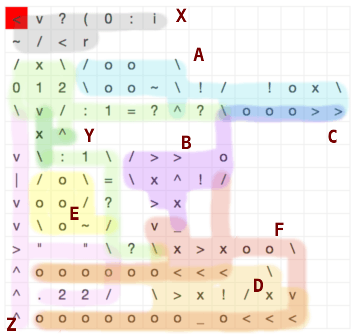8
1
Given a string containing only letters (case-insensitive), split it into words of uniformly random lengths, using the distribution below, with the exception of the last word, which can be of any valid length (1-10). Your output is these words, as a space-separated string ("test te tests"), an array of strings (["test","te","tests"]), or any other similar output format.
Word Length Distribution
Word Length - Fractional Chance / 72 - Rounded Percentage
1 - 2 / 72 - 2.78%
2 - 14 / 72 - 19.44%
3 - 16 / 72 - 22.22%
4 - 12 / 72 - 16.67%
5 - 8 / 72 - 11.11%
6 - 6 / 72 - 8.33%
7 - 5 / 72 - 6.94%
8 - 4 / 72 - 5.56%
9 - 3 / 72 - 4.17%
10 - 2 / 72 - 2.78%
Your odds do not need to match exactly - they can be off by 1/144th, or .69%, in either direction (but obviously they still must sum up to 72/72 or 100%).
Data roughly guessed from the fourth page, first figure of this paper.
Test Cases with Sample Output
Behavior on very short (length < 11) test cases is undefined.
Note that I created these by hand, so they may or may not follow the uniform distribution above.
abcdefghijklmnopqrstuvwxyz
abcd efgh i jklmnopq rs tu vwx yz
thequickbrownfoxjumpedoverthelazydog
t heq uick brown fo xj ump edo vert helazydog
ascuyoiuawerknbadhcviuahsiduferbfalskdjhvlkcjhaiusdyfajsefbksdbfkalsjcuyasjehflkjhfalksdblhsgdfasudyfekjfalksdjfhlkasefyuiaydskfjashdflkasdhfksd
asc uyoi uawer k nb a dhcviua hsid ufe r bfa lskd jhv lkcj haius dy faj se fbks dbfkals jcuyasjehf lkjh falk sd blhsgdf asudyfekjf alk sdjfhlk asefyu iaydskfja shdflk as dhf ksd
This is code-golf, so shortest answer in bytes wins.


Sandbox – Stephen – 2017-07-22T19:29:07.363
Can the last word be an empty string? – rahnema1 – 2017-07-23T02:25:15.263
@rahnema1 you mean in an array output? – Stephen – 2017-07-23T02:27:56.103
Yes, last element of the array output. – rahnema1 – 2017-07-23T02:28:53.693
@rahnema1 sure, since if you join the array on space you'd just have a trailing space, which I would allow. – Stephen – 2017-07-23T02:29:33.747